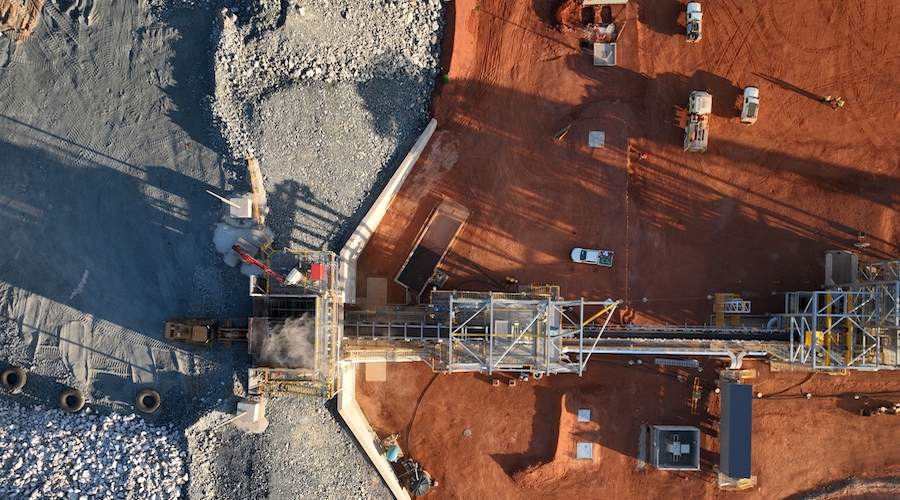Rumors of OPEC’s demise exaggerated
A mixed picture is starting to emerge from the Middle East in terms of oil production. Several members of the 12-member OPEC oil cartel are embroiled in turmoil or struggling to ensure post-war political gains. Oil production from the Middle East declined by 1.5 million barrels per day in 2009. Production from most Middle East countries has slowed down or leveled off, though gains from Iraq have offset some of those declines. With economic recovery seemingly on the horizon, a new OPEC may be developing from the ashes of the recession.
An assessment from the Energy Information Administration, the statistical arm of the U.S. Energy Department, says oil production from the Middle East grew by 900,000 bpd in 2010 and another 1.3 million bpd in 2011 as major economies started to emerge from the global economic meltdown brought on by a housing crisis in the United States.
Real estate markets in the United States peaked in 2006 and then collapsed, leading to the onset of one of the worst financial crises since the Great Depression of the 1930s. The National Association of Home Builders said this week builder sentiment rose 8 points for its biggest monthly increase since September 2002, however. A glimmer of hope even emerged for the eurozone Monday when Germany reported that its wages grew at their fastest rate in more than four years. There may be further signs of optimism ahead on word the U.S. and European Union are negotiating a trade deal, the biggest such bilateral initiative ever.
OPEC said in its market report for June the global economy is expected to grow 3.2 percent for the year. The cartel said recovery in the U.S. housing sector should stimulate the economy and, while the “challenges continue” for the eurozone, a recovery is expected there for later in the year. In terms of demand, OPEC said oil demand from cartel members was forecast at 29.8 million bpd, around 400,000 bpd less than last year. Some of that demand contraction, however, may be from 40-year lows for foreign oil imports from the United States, which is starting to use much of its own oil.
Iran is the worst hit among OPEC members. The EIA assessment said Iranian oil production declined by 17 percent compared to 2012 totals because of Western economic pressure. Iranian President-elect Hassan Rouhani said he was a moderate leader open to transparency, though it’s unlikely the regime would undergo a radical sea change with the new president. This week, New Delhi said it was sending a high-ranking official to look for an alternative to Iranian oil in Iraq. The EIA said that, despite the conflict, Iraqi oil production increased 14 percent in 2012 year-on-year. Even Libya has posted a comeback streak in terms of oil production, according to OPEC sources.
OEPC said world oil demand should increase by 800,000 bpd in 2013 and is expected to reach more than 107 million bpd by 2035. In the interim, much of that demand growth will have to be met from countries other than the United States, which as of now is restricted in terms of crude oil exports. Reading between the lines of what OPEC expects to see in terms of demand for its crude suggests it’s feeling the pinch from North American oil production. Despite regional conflict, the EIA’s assessment suggests OPEC’s durability is about the global economy as much as it is about war. The cartel may be down, but it’s certainly not out.
By. Daniel J. Graeber of Oilprice.com
More News
US stocks surge most in 5 years as Trump delays some tariffs
The S&P 500 Index surged more than 7% in afternoon trading.
April 09, 2025 | 11:14 am
Liontown kicks off production at Australia’s first underground lithium mine
Miner said the successful start of underground production stoping from the Mt Mann orebody is a "key milestone".
April 09, 2025 | 10:52 am
Chile mining minister expects short-term copper demand to slow due to tariffs
The country would hope for a competitive advantage at the low-end of tariff range, Mining Minister Aurora Williams said.
April 09, 2025 | 09:40 am
{{ commodity.name }}
{{ post.title }}
{{ post.excerpt }}
{{ post.date }}




Comments